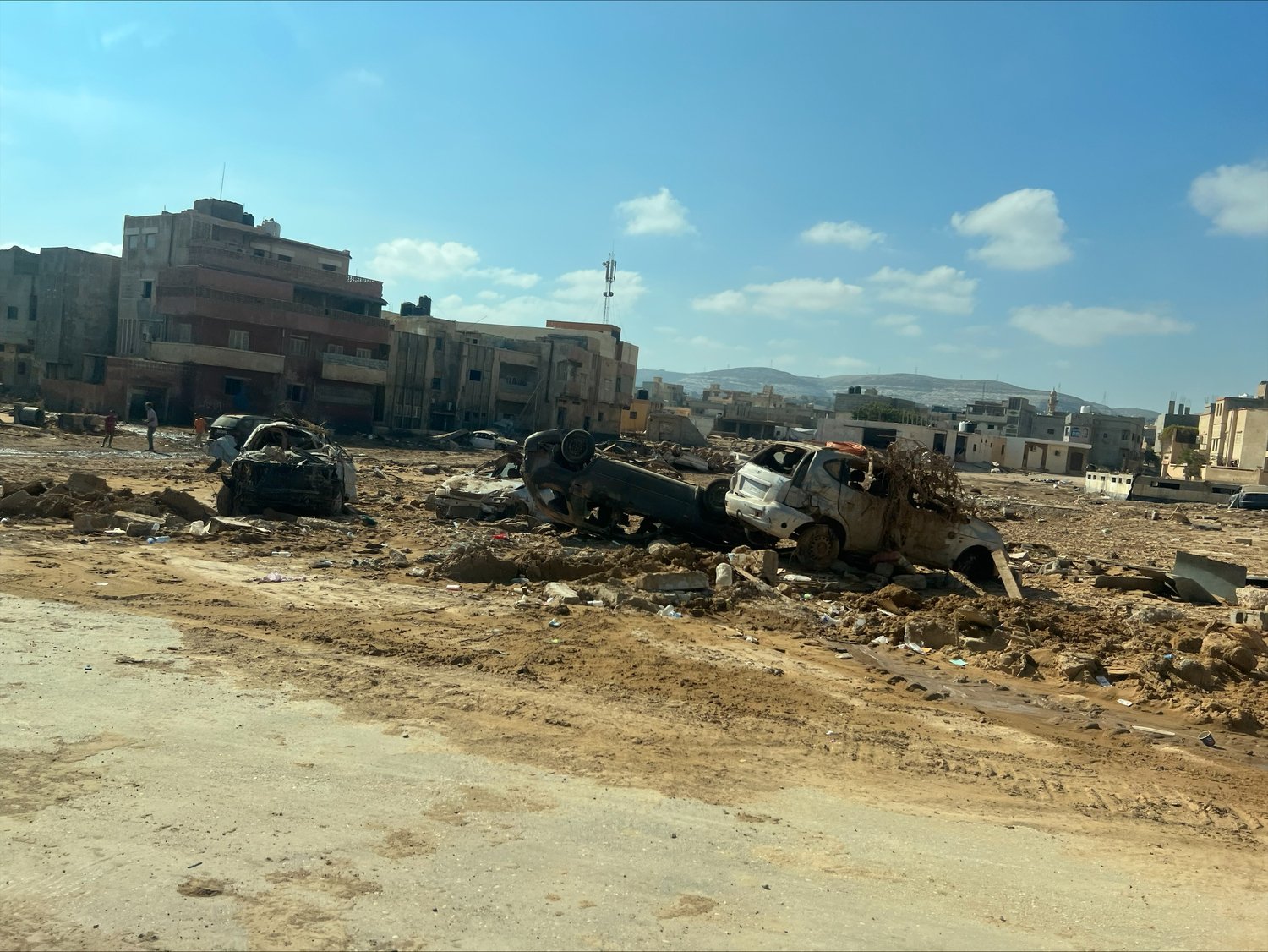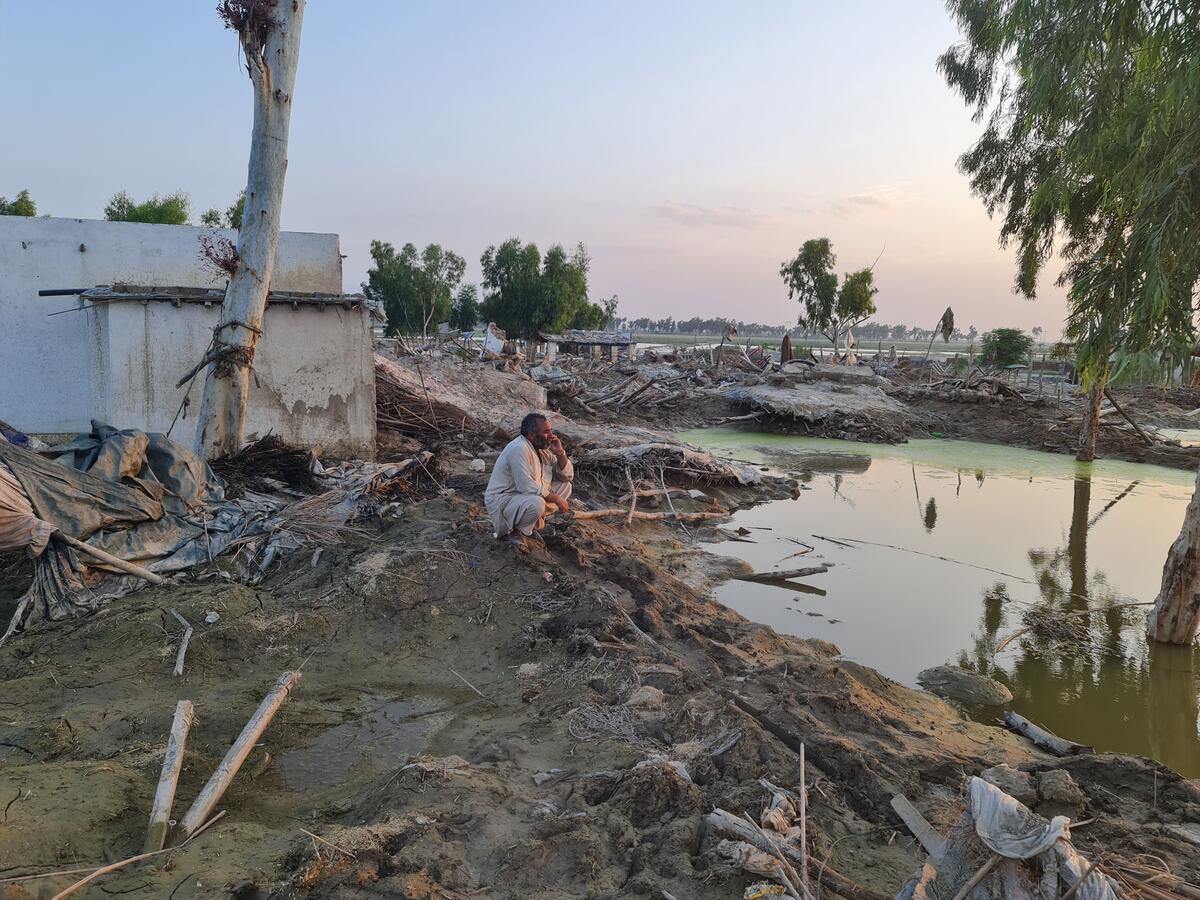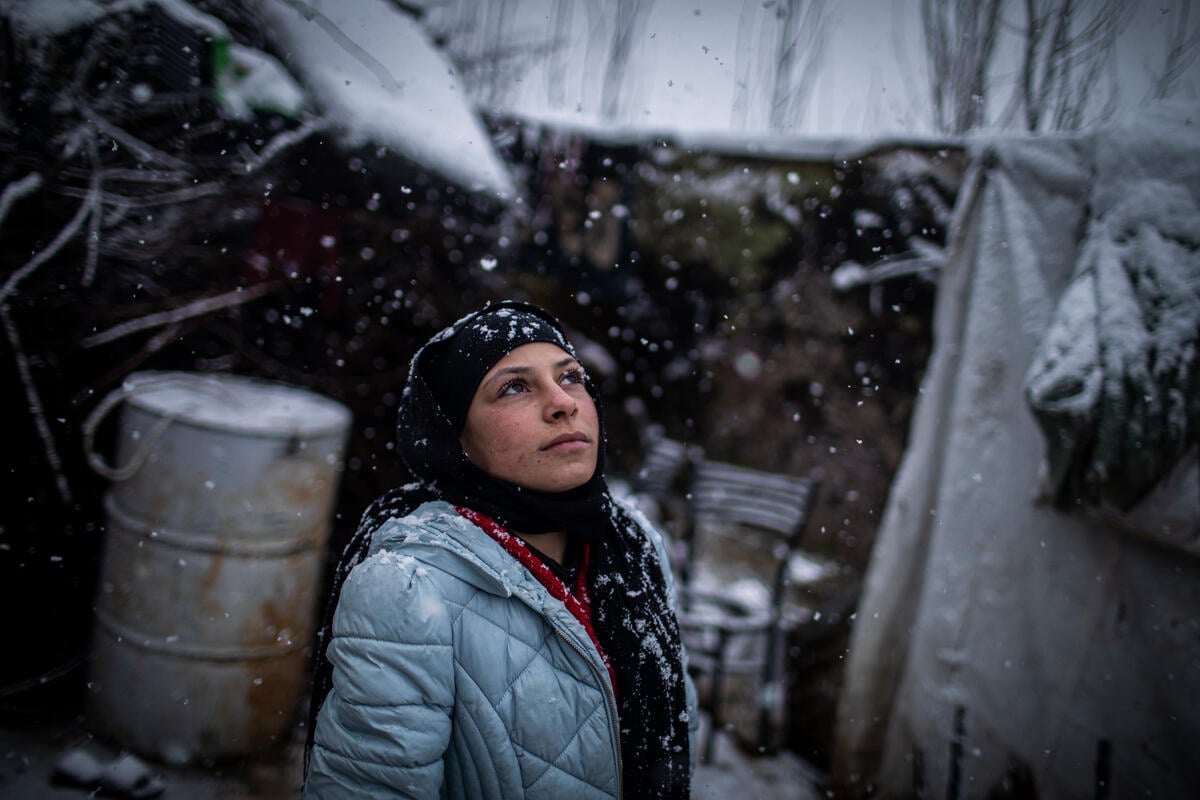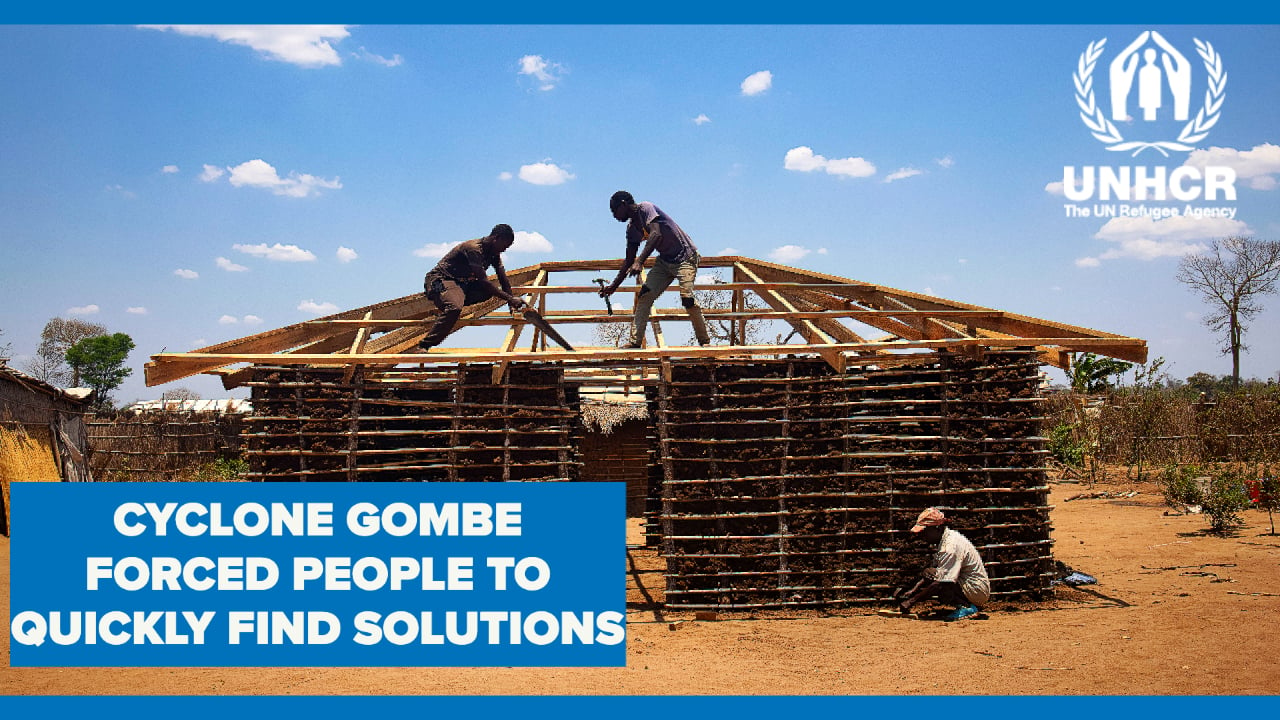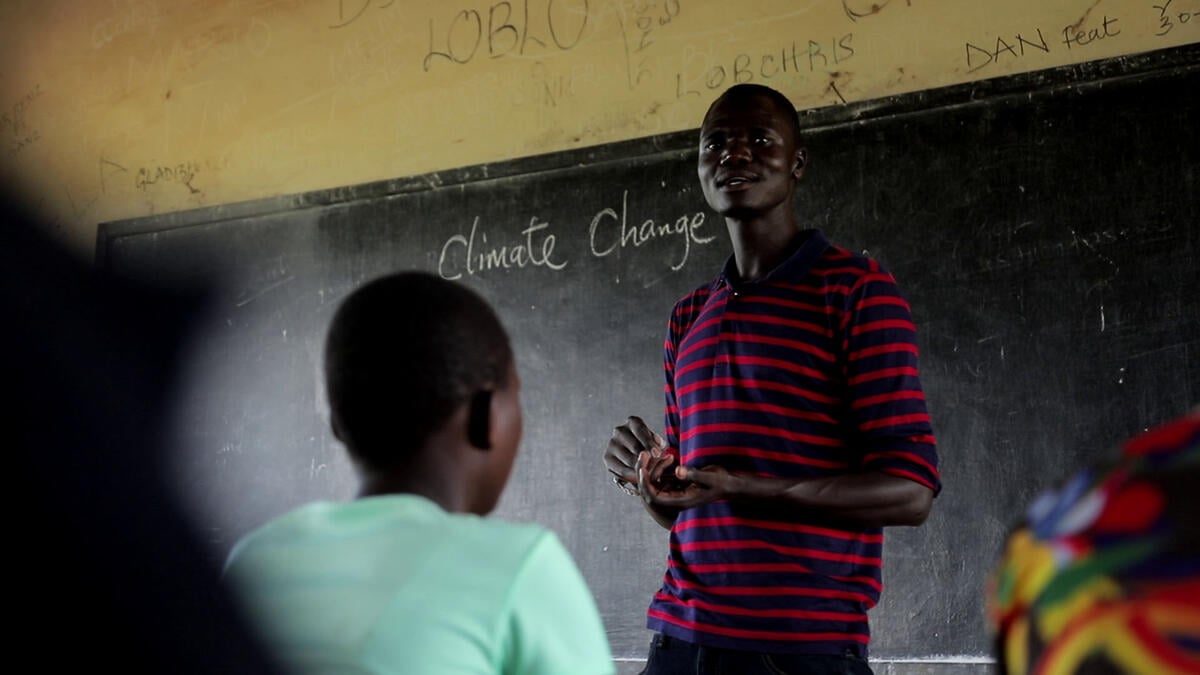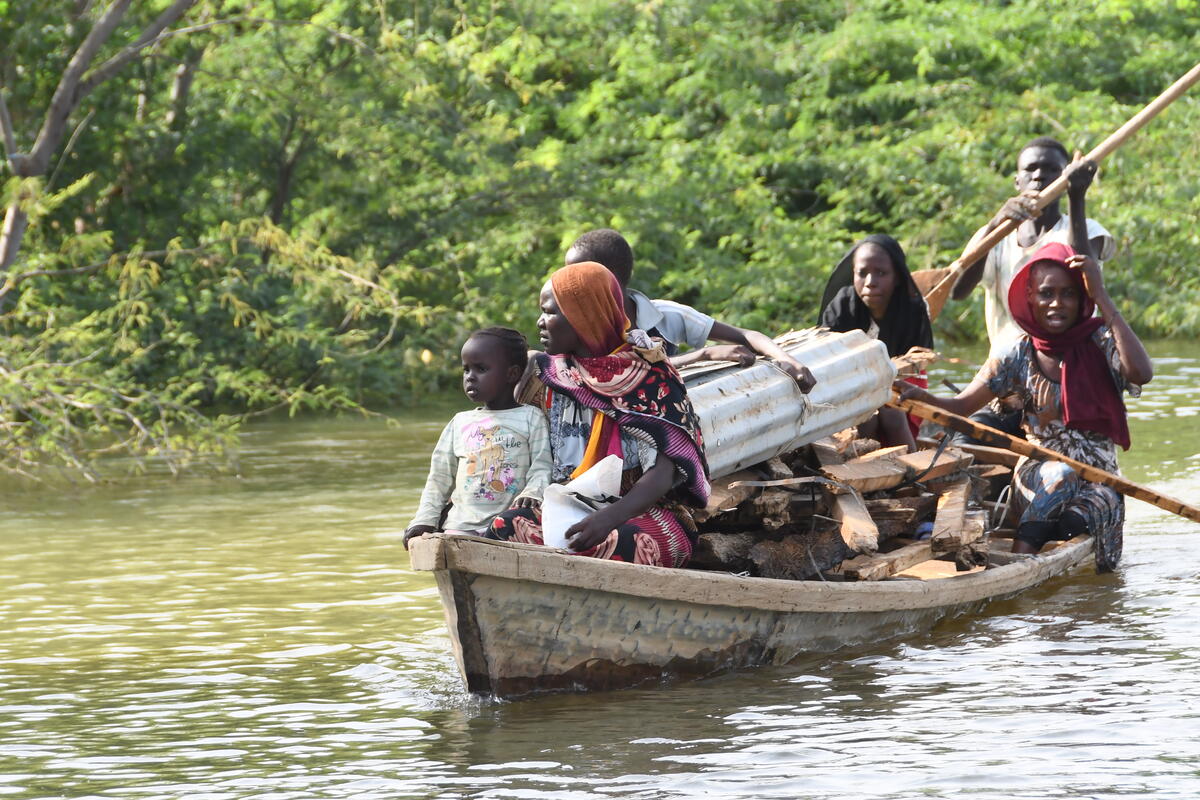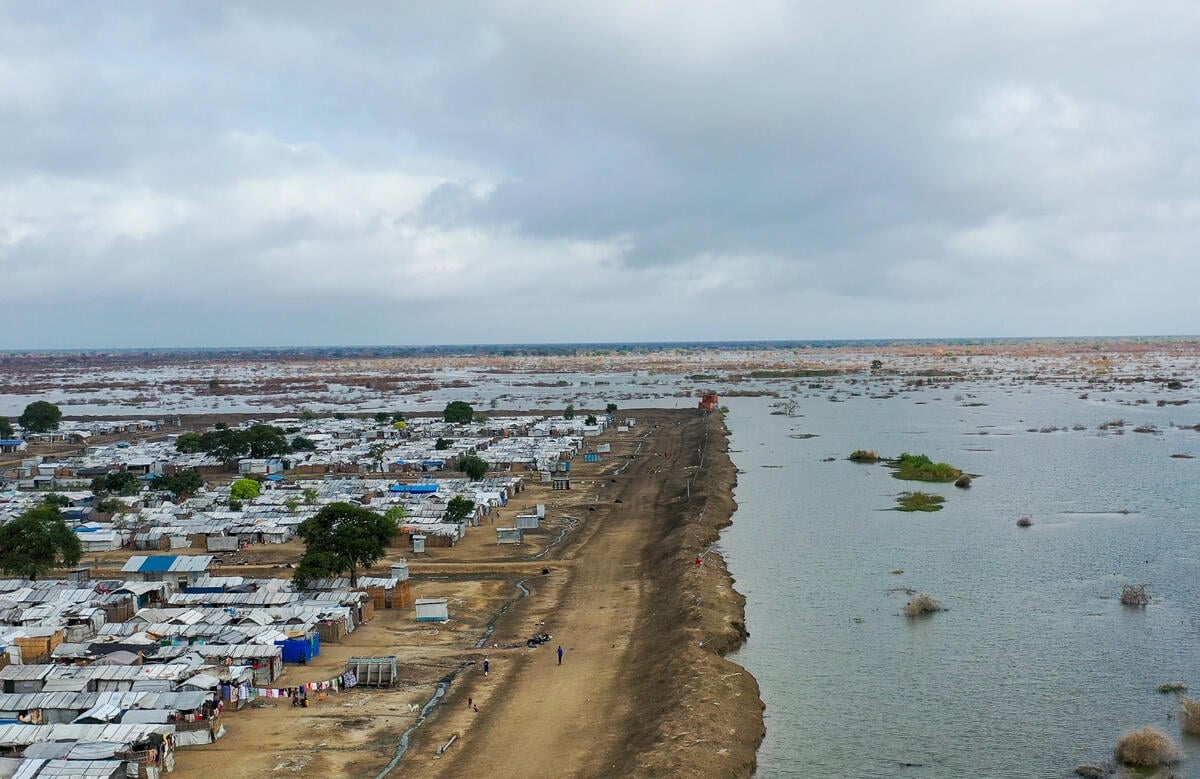Refugees from Bhutan help Nepalese rise from the ruins
Refugees from Bhutan help Nepalese rise from the ruins

RAMECHHAP, Nepal, June 11, (UNHCR) - Wielding a khukuri - a traditional curved Nepalese knife - Sancha Hang Subba chops a bamboo with ultimate precision, turning it into fine pieces of stick to be used for building shelters.
Along with 14 fellow refugees from Bhutan who live in camps in eastern Nepal, Subba travelled to this remote mountainous village in central Nepal to help Nepalese families rebuild their lives following the devastating earthquakes of April 25 and May 12 that killed more than 8,700 people, injured some 22,000 more and destroyed at least 500,000 homes.
"I am glad that I am able to help Nepalese people at this time of crisis," said Subba, 30, who is leading the team. "All these years, we have stayed in close harmony. We are living the life of refugees for political reasons. Now due to the earthquake, many Nepalese families are facing a refugee-like situation."
Ramechhap district was declared as one of 14 districts most affected by the recent disaster. At least 39 people were killed and more than 90 per cent of the houses damaged. UNHCR was one of the first agencies to distribute tarpaulin in the district. And following a rapid assessment, the agency coordinated with the local authorities to mobilize a team of skilled refugees to help and train the affected population to build shelters using locally available resources like bamboo and wood.
"People are in real pain as they have been living under the tarps and cowsheds near their flattened houses," said Subba. "They didn't know that they could use bamboo to build temporary shelters. Now they are really excited to know and work with our support."
The refugees have been working with the earthquake survivors from dusk till dawn and their craftsmanship has become an important foundation in the rebuilding efforts. The team has built three bamboo huts in a small settlement in Ramechhap municipality and are helping another 20 vulnerable households in Saune Danda village in Chyasku.
"I am grateful to the Bhutanese refugees for helping to build my bamboo hut," said 73-year-old Pancha Maya Tamang, who had been living under a plastic sheet for over a month.
Until the team's arrival, she had been very worried about her grandchildren due to the fast-approaching monsoon season. "At least now we have a durable roof and I don't have to worry about rain and windstorms," she said. "My seven grandchildren can now sleep tight."

A local youth was also impressed by the support. "I didn't know about building shelters from bamboo. I am really glad they are here to help and train us," said 21-year-old Regan Shrestha, who worked with the refugees to build a hut for his family.
"I am learning new skills from them. This will help me to get back on my feet," said Shrestha. "There is a shortage of skilled people in the village to rebuild and reconstruct so their arrival is very timely."
Subba, who is the camp secretary of Beldangi refugee camp in Damak, said modestly: "The need for support is immense and what we are doing is very little. I wish I could be of more help."
Yet this is not the first time the refugee community is chipping in. Within two weeks of the first quake, they raised $2,500 in the camps and worked with UNHCR and the authorities to deliver food, kitchen and hygiene supplies to 200 affected families in Sindhuli district in central Nepal.
Beldangi's deputy camp secretary Tikaram Rasaili, 33, accompanied the 14-hour bus trip to Sindhuli in mid-May.
"When we arrived in Nepal [in the early 1990s], we were in a desperate situation," he recalled. "But the Nepalese people wholeheartedly opened their arms for us. It is an opportunity to give something back to them at this time of crisis. That's why we made this small effort. We are glad we did."
There are currently more than 21,000 refugees originating from Bhutan in two camps in eastern Nepal.
By Deepesh Das Shrestha in Ramechhap, Nepal


